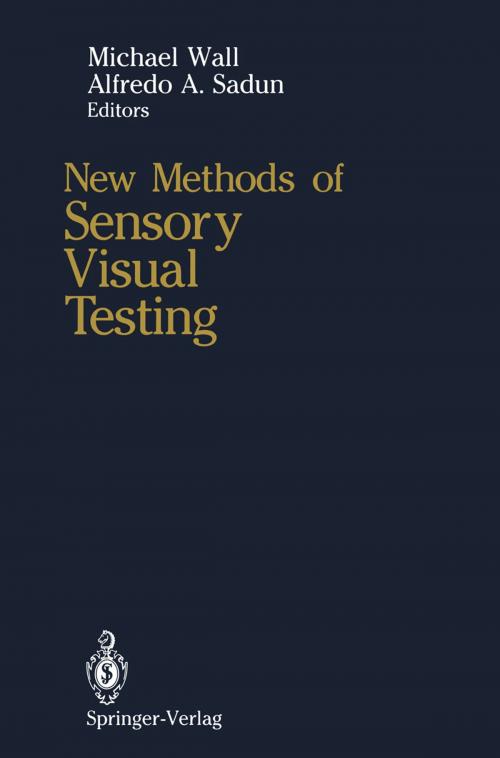New Methods of Sensory Visual Testing
Nonfiction, Health & Well Being, Medical, Specialties, Ophthalmology, Internal Medicine, Neurology| Author: | ISBN: | 9781461388357 | |
| Publisher: | Springer New York | Publication: | December 6, 2012 |
| Imprint: | Springer | Language: | English |
| Author: | |
| ISBN: | 9781461388357 |
| Publisher: | Springer New York |
| Publication: | December 6, 2012 |
| Imprint: | Springer |
| Language: | English |
Measurement of visual acuity has been the cornerstone of visual testing since Snellen began quantitating visual acuity using letter optotypes in the 1860s. Bjerrum in the 1880s brought sophistication and quantitation to the assessment of the visual field with tangent screen examination using differently sized and colored targets. Further advances in visual testing did not occur until the Goldmann perimeter and the Farnsworth Munsell 100 Hue test were introduced in the 1940s, permitting further refinement in the detection and quantitation of acquired visual loss. An explosion of interest in sensory visual function testing followed the demonstration by Quigley and his colleagues in 1982 that despite the loss of more than 40% of the axons in the optic nerve, Snellen acuity and kinetic perimetry remained normal. Much of this interest has focused on a search for more sensitive and disease-specific sensory visual tests. Previously, novel tests used to probe visual function remained in the province of the visual physiologist and psychophysicist. These tests are now being introduced by the ophthalmologist into clinical practice. Concomitantly, the mass production of microcomputers and other technical advances have made tests such as automated perimetry and visual evoked response testing affordable for most offices. The clinician is presently being inundated with a plethora of visual function tests that may require a knowledge of visual psychophysics and statistics to understand and interpret. The purpose of this book is to acquaint the clinician with these new tests so that they may be used to maximum benefit.
Measurement of visual acuity has been the cornerstone of visual testing since Snellen began quantitating visual acuity using letter optotypes in the 1860s. Bjerrum in the 1880s brought sophistication and quantitation to the assessment of the visual field with tangent screen examination using differently sized and colored targets. Further advances in visual testing did not occur until the Goldmann perimeter and the Farnsworth Munsell 100 Hue test were introduced in the 1940s, permitting further refinement in the detection and quantitation of acquired visual loss. An explosion of interest in sensory visual function testing followed the demonstration by Quigley and his colleagues in 1982 that despite the loss of more than 40% of the axons in the optic nerve, Snellen acuity and kinetic perimetry remained normal. Much of this interest has focused on a search for more sensitive and disease-specific sensory visual tests. Previously, novel tests used to probe visual function remained in the province of the visual physiologist and psychophysicist. These tests are now being introduced by the ophthalmologist into clinical practice. Concomitantly, the mass production of microcomputers and other technical advances have made tests such as automated perimetry and visual evoked response testing affordable for most offices. The clinician is presently being inundated with a plethora of visual function tests that may require a knowledge of visual psychophysics and statistics to understand and interpret. The purpose of this book is to acquaint the clinician with these new tests so that they may be used to maximum benefit.















